Many plants may seem harmless in their natural state, but when you really get to know them, there are some species that just aren’t safe and can cause extreme illness or even death in humans. And since we’re surrounded by plants each and every day (just step outside and you’ll see!), we want you to know which kinds to stay away from; take a look at the guide we’ve put together on some of the top poisonous plants below.
Hemlock
- Where they grow: Poison hemlock plants are often found in areas where forest land has been cleared.
- What’s poisonous: All parts of hemlock plants are poisonous.
- Symptoms: When eaten, hemlock poisoning may cause abdominal cramps, nausea, convulsions and potentially death. Those who are poisoned but survive may experience tremors or amnesia. Additionally, those with sensitive skin may experience skin inflammation as a result of touching a hemlock plant.
Nightshade
- Where they grow: Nightshade plants are native to central and southern Eurasia, and are found in fields.
- What’s poisonous: All parts of nightshade plants are poisonous, with the unripened berry being especially dangerous.
- Symptoms: If eaten, deadly nightshade plants can cause digestive problems and may be fatal. Furthermore, touching a deadly nightshade plant can result in symptoms such as rashes if the skin has exposed cuts.
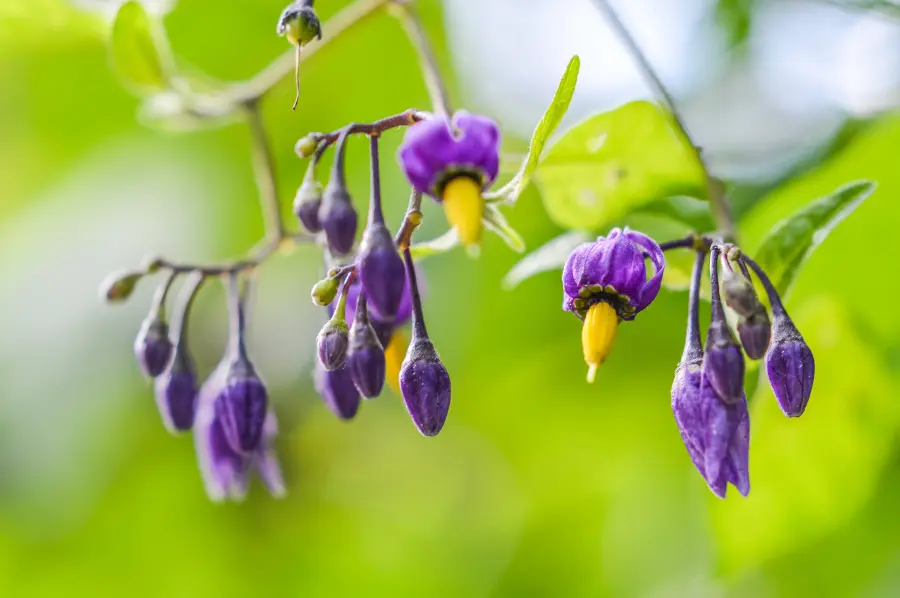
Moonseed
- Where they grow: Moonseed plants are most commonly found in wooded areas.
- What’s poisonous: The berries of moonseed plants are toxic – they may resemble wild grapes, so don’t be fooled!
- Symptoms: If eaten, moonseed plants have the potential to be fatal.
Oleander
- Where they grow: Oleander plants are often found in southern and coastal states, and commonly grow in schoolyards.
- What’s poisonous: All parts of oleander plants are toxic, with an emphasis on the leaves and branches.
- Symptoms: Poisoning as a result of eating an oleander plant can cause severe digestive problems, seizures, comas and even death. Additionally, those that touch the leaves on an oleander plant may experience skin irritation.
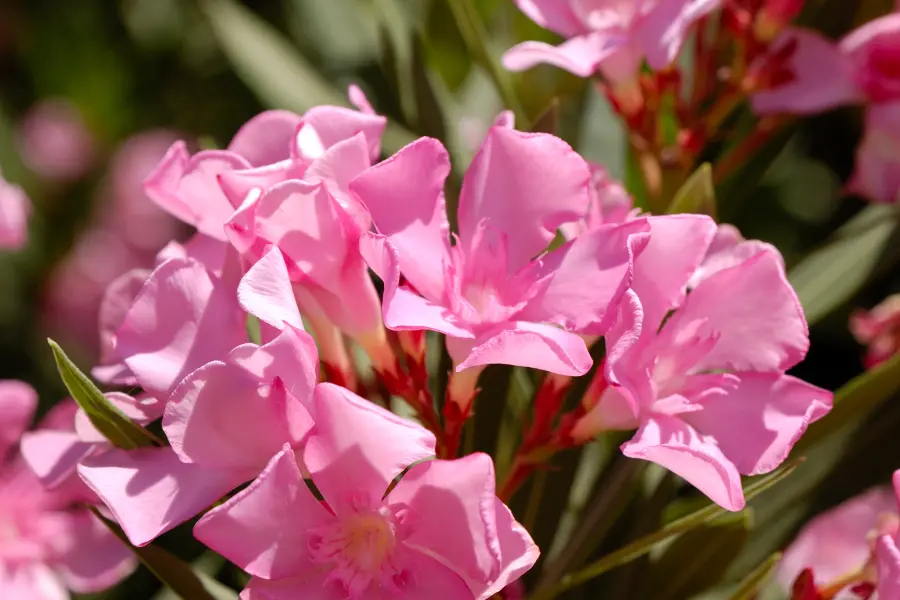
Poison Ivy
- Where they grow: In the United States, poison ivy plants can be found everywhere except for California, Hawaii and Alaska.
- What’s poisonous: When bruised, burned or damaged, the leaves of poison ivy plants release an oil that is responsible for causing a reaction.
- Symptoms: Touching poison ivy may cause a rash, bumps, blisters, swelling and itching within a few days. Although it is not contagious between humans and will not spread by scratching, if the oil sticks to clothes, pets or other nearby items, you may experience symptoms if you touch those items too.
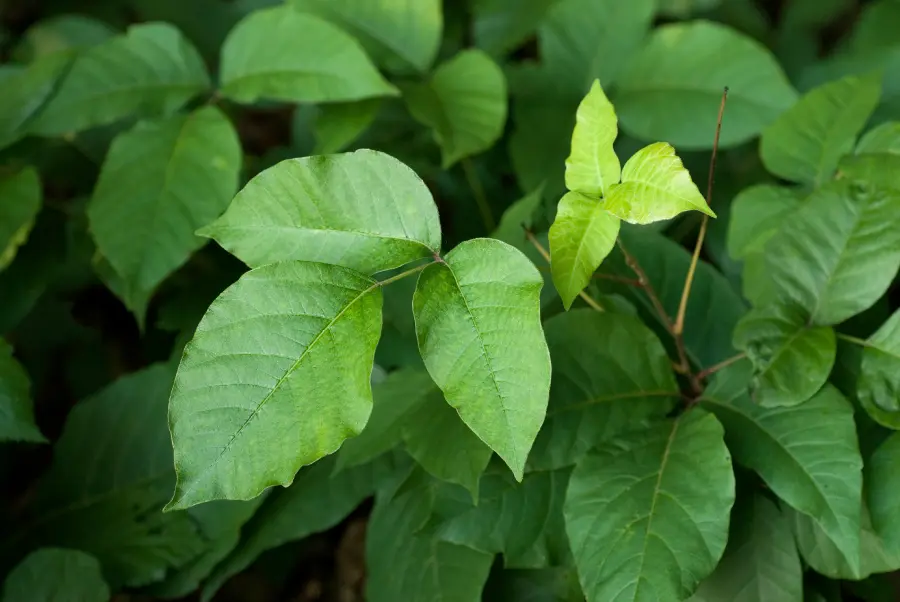
Wisteria
- Where they grow: Native to Asia and North America, wisteria plants are most commonly found in southern and southwestern regions.
- What’s poisonous: Although the entire plant is technically toxic, some believe that the flowers the plant produces are not. Most importantly, stay away from the seeds and pods.
- Symptoms: After eating all or part of a wisteria plant, you may experience cramps, nausea, vomiting and diarrhea.
How To Protect Yourself From Poisonous Plants
Since unfortunately, there are a collection of plants that can be poisonous to humans, it’s important to know how to protect yourself from being harmed. Especially if you’ll be out camping or somewhere where a ton of plant species may be present, something simple you can do is keep yourself covered at all times – that means, pack long sleeves and pants!
Additionally, if you come across a plant that looks consumable but isn’t identified, don’t eat it! Even if it looks safe, unless you are 110% sure, your best bet is to avoid consuming it at all costs.




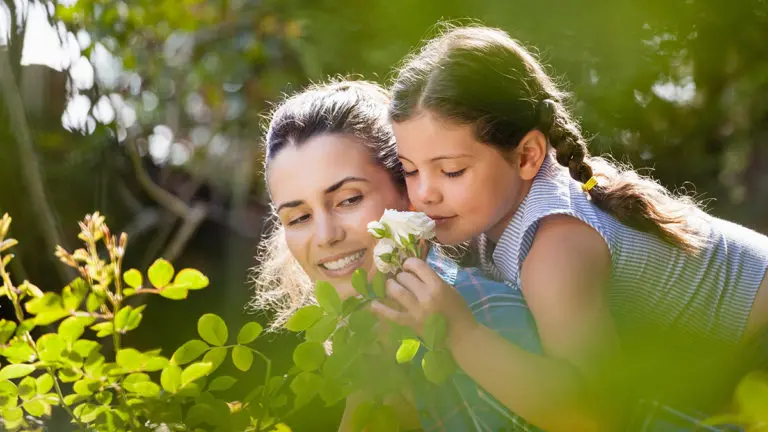
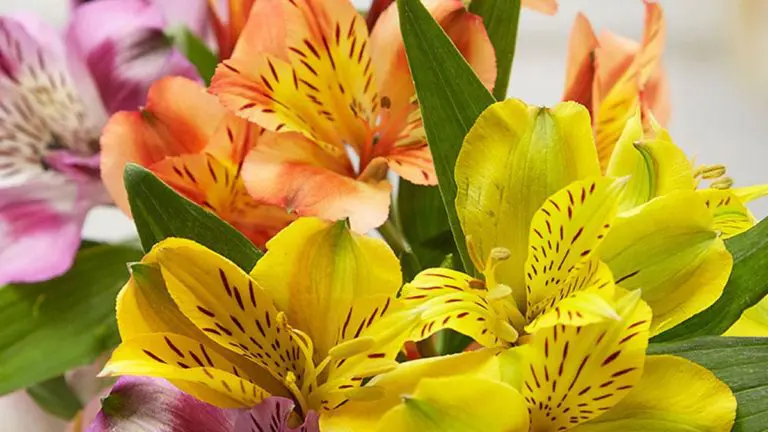
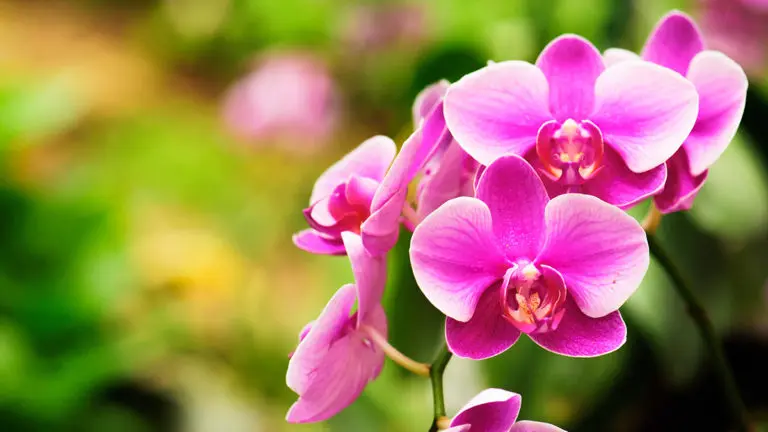
Comments are closed.